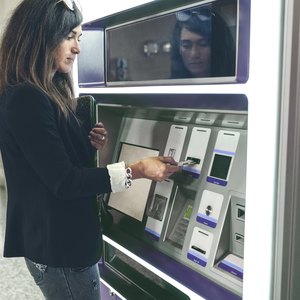
With so many different codes and banking terms financial institutions use on bank statements to describe transactions, it's easy to see how a person could become befuddled trying to make heads or tails of it all. However, one such phrase that everyone should learn to decode is pending withdrawal. A pending withdrawal or transaction is one that will be completed in the near future. The bank knows about it, but the funds have not yet been moved. A withdrawal, meanwhile, takes funds from your account immediately. Together, the words pending withdrawal mean funds are leaving your account soon, perhaps in one to three business days.
Relevant Withdrawals
Withdrawals are things that include ATM transactions, checks you've written, debit card purchases – also called point of sale transactions – and automated clearing house transactions. ACH withdrawals include electronic checks you've approved and automatic withdrawals, perhaps used to pay recurring bills. It's important to know that pending withdrawals don't include checks you've written, even if the bank is about to pay them. Only those transactions your bank knows about, because they were electronically authorized when you initiated them, fall under the pending withdrawals umbrella.
It's important to also keep in mind, that just because a merchant runs a charge for a certain amount, does not mean that this pending charge is the final charge. This happens often in the case of using your card at a restaurant. If you pay for your bill at a restaurant, and later leave a tip, the waiter will charge your card initially for the amount of your bill, but the the amount you leave as a tip, will not show up until the final charge is run. It is best to mentally include the tip you've left when you go to check your available balance, as the final charge (with tip included) may be more.
Available Balance
Pending withdrawals affect how much money you can immediately access. To know your open funds, check your available balance – not your current balance, ledger balance or posted balance. Only the available balance has already subtracted the pending withdrawals your bank will pay in the near future. This includes debit purchases, ATM withdrawals as well as electronic transfers. That makes the available balance closer to financial reality of what you actually have in your account to spend. Remember though, the available balance does not include checks you've written that have not yet cleared.
References
Writer Bio
Sophie Johnson is a freelance writer and editor of both print and film media. A freelancer for more than 20 years, Johnson has had the opportunity to cover topics ranging from construction to music to celebrity interviews.

